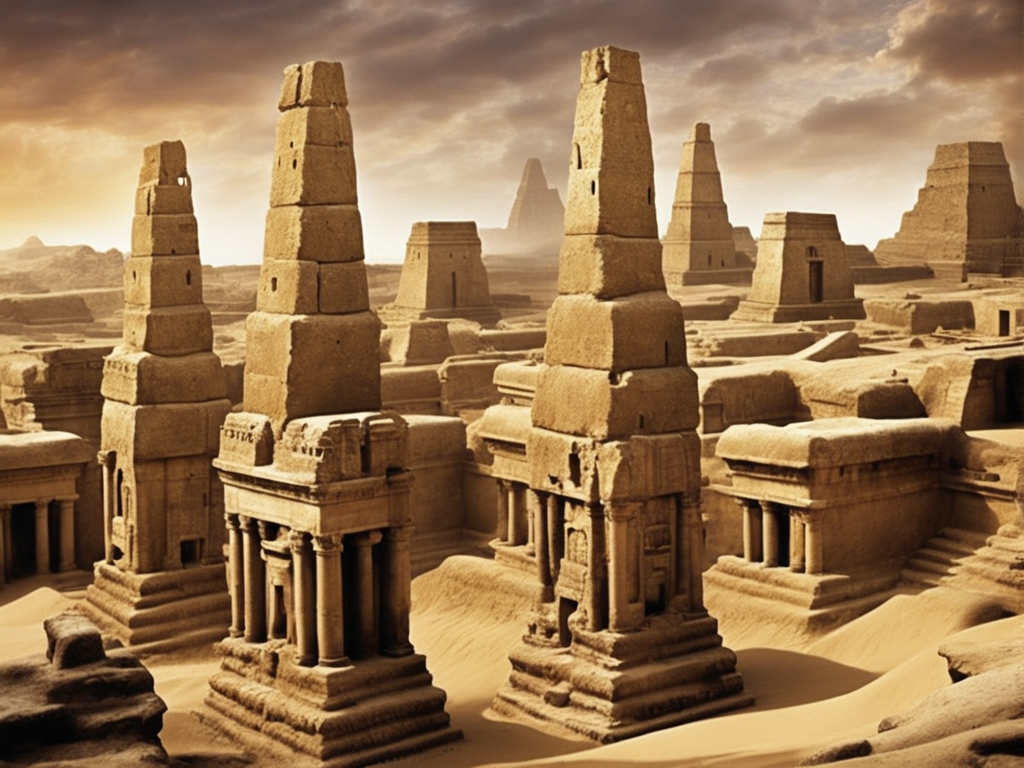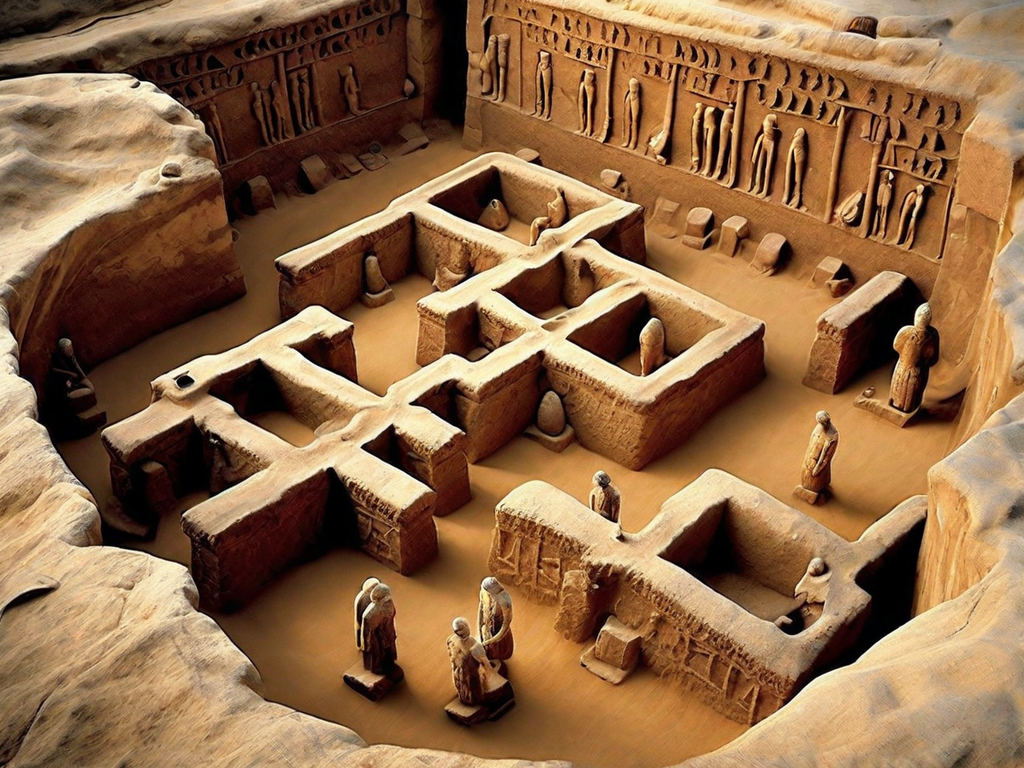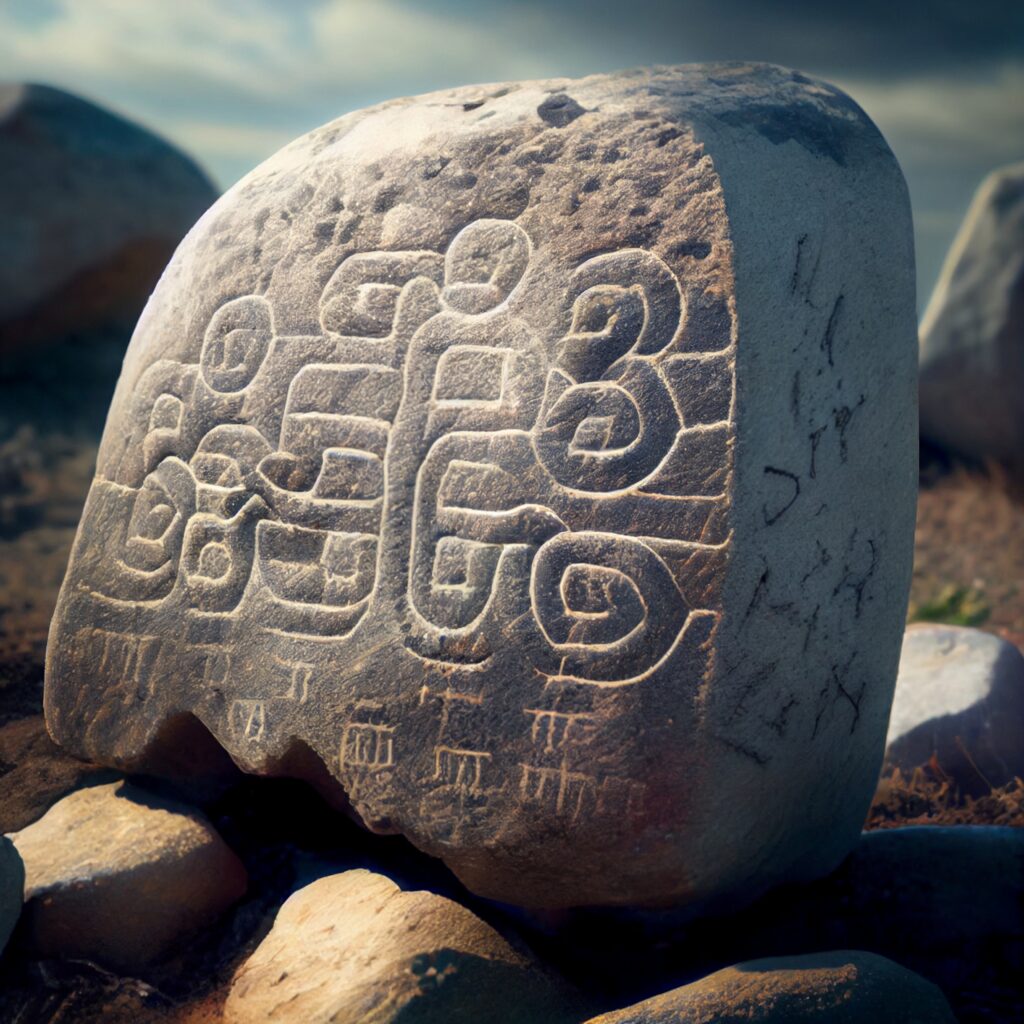
Welcome to a world shrouded in ancient intrigue and desert mystique. The Nazca Lines, located in Peru, stand as a testament to the enigmatic nature of human history. These sprawling geoglyphs, etched into the arid landscape, have captivated the minds of researchers and explorers for centuries. In this article, we embark on a journey to unravel the purpose and significance of these ancient desert wonders.
The Nazca Lines have puzzled both historians and archaeologists alike, as their purpose remains a captivating enigma. Carved into the earth’s surface, these geoglyphs tell a story of a civilization long past, leaving behind intricate drawings of animals, plants, and geometric patterns. But why? What was the intention behind their creation? These questions continue to fuel speculation and provoke theories, as researchers strive to unlock the secrets hidden within their iconic shapes.
Join us as we delve into the rich history and explore the fascinating origin of the Nazca Lines. We will uncover the ancient civilization that spawned this marvel, shedding light on their remarkable skill and ingenuity. From there, we will dive into the various theories that have been put forth in an attempt to explain the purpose and significance of these enigmatic geoglyphs. Could it be a celestial map? A religious ritual site? The answers may lie within the depths of our imaginations.
Throughout this article, we will also address the preservation challenges faced by the Nazca Lines. Environmental factors and human activities pose a threat to these delicate wonders, prompting ongoing efforts to protect and study them. We will discuss the latest advancements in monitoring and conservation, ensuring that these ancient desert wonders are safeguarded for generations to come.
If you have ever been captivated by the mysteries of the past or the allure of ancient civilizations, the Nazca Lines beckon you to explore their intriguing realm. Whether you choose to embark on a guided tour or marvel at their grandeur from above, the experience promises to be unforgettable. However, we must also consider the ethical implications of our visits and prioritize the long-term preservation of these archaeological marvels.
While countless questions remain unanswered, the Nazca Lines continue to spur curiosity and inspire future research. The secrets they hold are yet to be fully unraveled, awaiting the discovery and dedication of future scholars. Join us on this journey as we delve into the mysteries surrounding the Nazca Lines and endeavor to shed light on their ancient purpose.
The Ancient Origins of the Nazca Lines
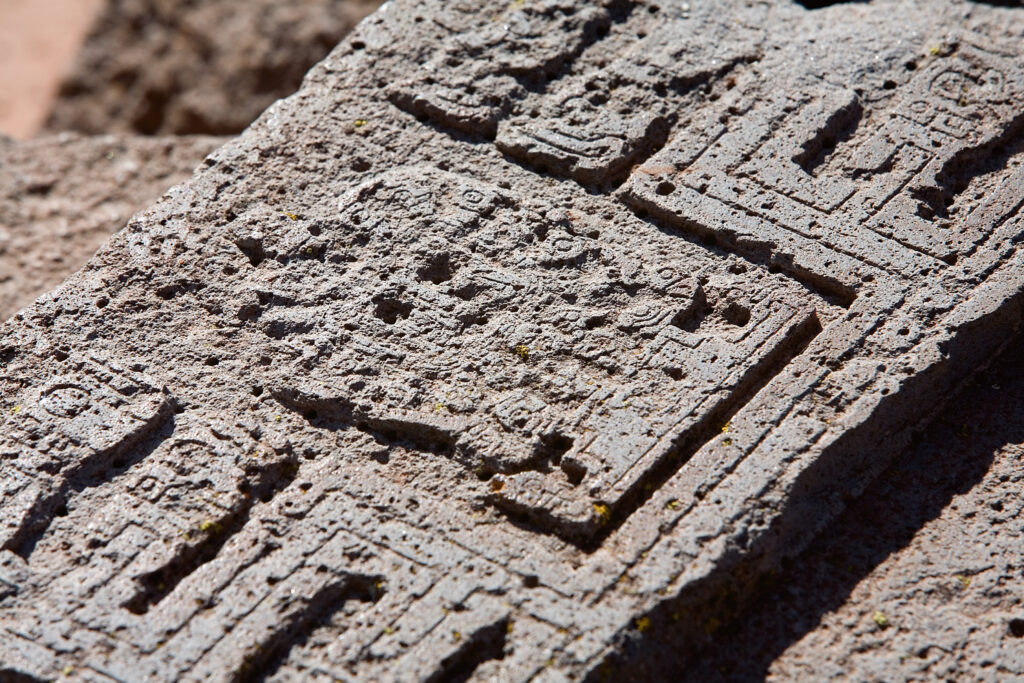
In order to understand the purpose and significance of the Nazca Lines, it is essential to explore their ancient origins and their connection to the Nazca civilization. These enigmatic geoglyphs, etched into the desert landscape of Peru, are a testament to the skill and ingenuity of the ancient Nazca people.
The creation of the Nazca Lines is believed to have occurred between 500 BCE and 500 CE, placing them within the timeline of the Nazca civilization, which flourished during this period. The Nazca civilization, known for its advanced agricultural practices and impressive ceramics, left behind a lasting legacy in the form of these remarkable geoglyphs.
The ancient Nazca people painstakingly created the Nazca Lines by removing the reddish-brown pebbles and exposing the lighter-colored ground beneath. This meticulous process resulted in the formation of various shapes and figures, including animals, plants, and geometric patterns, stretching across the desert plains.
“The Nazca Lines are a testament to the ancient Nazca people’s expertise in land art. Their ability to create such intricate and enormous designs, only visible from the air, showcases their extraordinary artistic and engineering skills.”– Dr. Maria Reiche, Archaeologist
The purpose behind the construction of the Nazca Lines remains a subject of debate among researchers and scholars. Some believe that the lines were religious in nature, serving as sacred paths or offerings to deities. Others propose that the geoglyphs held astronomical significance, aligning with celestial events or acting as a celestial calendar.
Regardless of their intended purpose, the Nazca Lines continue to captivate and intrigue visitors from around the world. These ancient desert wonders stand as a testament to the creativity and ingenuity of the Nazca civilization, leaving modern-day observers in awe of their ancient origins.
Unraveling the Mystery: Theories Behind the Nazca Lines
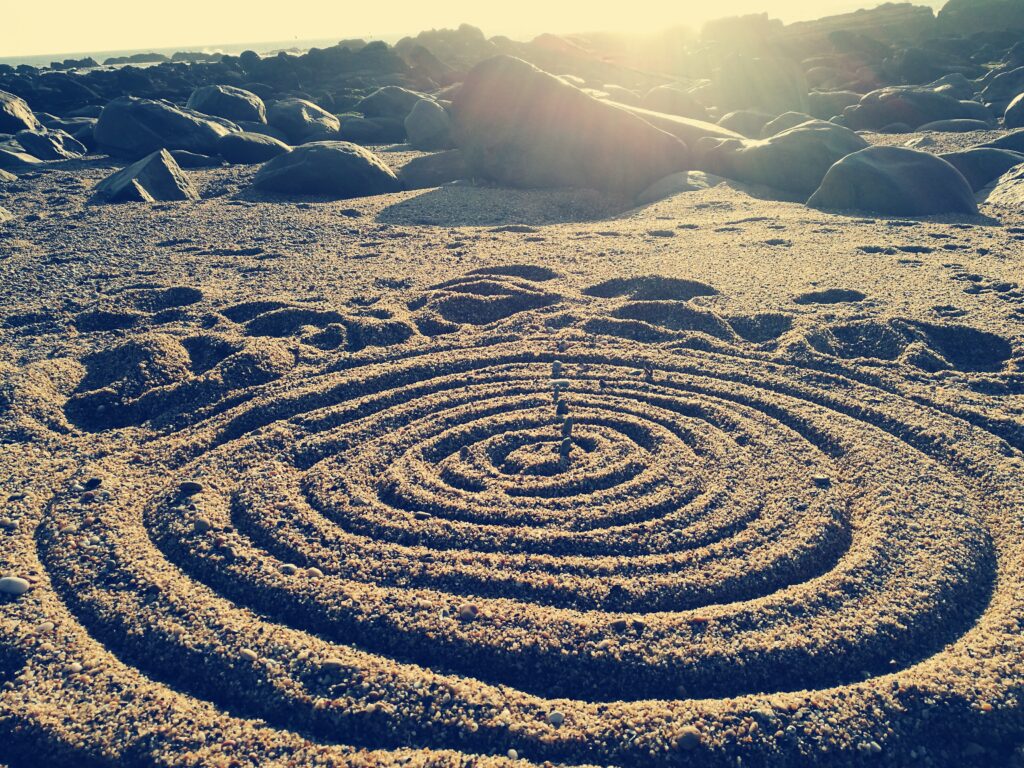
In our quest to understand the purpose and significance of the Nazca Lines, researchers and scholars have proposed various theories. These theories offer intriguing explanations for the origins of these enigmatic geoglyphs, enticing us with their captivating speculations.
One prominent theory suggests that the Nazca Lines served as astronomical alignments, helping the ancient Nazca civilization observe celestial events and mark important dates. The meticulous positioning of the geoglyphs may have facilitated rituals and ceremonies linked to celestial phenomena, revealing the sophisticated astronomical knowledge possessed by the ancient Nazca people.
“The Nazca Lines could represent an ancient observatory, with the geoglyphs strategically placed to align with specific celestial objects,” says Dr. María Reiche, a renowned mathematician and researcher of the Nazca Lines.
Another theory proposes that the Nazca Lines were part of religious rituals and practices. These expansive figures and intricate patterns may have served as sacred pathways or offerings to the gods, with rituals performed along the lines to invoke blessings or ensure bountiful harvests. The replica of flying creatures, such as birds and monkeys, may have symbolized a connection between the earthly and divine realms.
Some researchers suggest that the Nazca Lines functioned as giant land art, symbolizing the identities and social structures of the ancient Nazca society. By creating these impressive figures that could only be viewed from the sky, the Nazca people might have sought to assert their presence and leave a lasting legacy for generations to come.
- Aligning with the artistic theory, Dr. Geraldine S. Russell states, “The Nazca Lines represent a monumental artistic expression, showcasing the creativity and cultural prowess of the Nazca civilization.”
Theories with Controversial Perspectives
In addition to these widely accepted theories, there are more controversial perspectives that propose extraterrestrial influences in the creation of the Nazca Lines. Some argue that the geoglyphs were designed as messages or landing sites for ancient aliens, indicating a direct connection between the Nazca people and interstellar beings.
“The Nazca Lines intrigue researchers and enthusiasts alike, serving as a focal point for discussions about ancient astronauts,” emphasizes Dr. Erich von Däniken, a notable proponent of the extraterrestrial theory.
While these theories offer thought-provoking possibilities, the true purpose and origins of the Nazca Lines remain uncertain. Exploring these mysterious geoglyphs opens up avenues for further research and invites us to continue unraveling the secrets they hold.
The Iconic Shapes of the Nazca Lines
One of the most captivating aspects of the Nazca Lines is the array of iconic shapes and figures etched into the arid desert landscape. These geoglyphs, spanning over 50 miles, showcase a remarkable level of artistic precision and complexity.
Among the iconic shapes found within the Nazca Lines are various animals, such as birds, monkeys, and spiders. These representations of fauna provide valuable insights into the natural world as perceived by the ancient Nazca culture. It is believed that the choice of specific animals held symbolic significance, potentially linking these figures to the Nazca’s spiritual and religious beliefs.
As Dr. Javier Torres, a leading archaeologist, explains, “The Nazca people had a deep reverence for nature and its creatures. The inclusion of animals in the geoglyphs offers a glimpse into their worldview and perhaps their attempts to communicate with the gods.”
In addition to animals, the Nazca Lines also feature intricate geometric patterns and designs. These shapes, including spirals, triangles, and trapezoids, exhibit a remarkable level of precision and symmetry. Some researchers believe that these geometric patterns may have held astronomical significance, potentially acting as celestial markers or alignments.
The significance of these iconic shapes extends beyond their mere aesthetic value. They provide valuable clues about the deep cultural and spiritual connections that the Nazca civilization had with the natural world and the cosmos. By studying these geoglyphs, researchers are continually unraveling the enigmatic past of the Nazca Lines and shedding light on the rich symbolism inherent in their iconic shapes.
Preservation Challenges and Efforts
Preserving the Nazca Lines poses significant challenges due to environmental factors and human activities. The fragile nature of these ancient geoglyphs, combined with the harsh desert climate of Peru’s Nazca Desert, requires constant vigilance and conservation efforts.
Environmental Factors
The Nazca Lines are exposed to natural elements, such as wind and sand erosion, that can gradually degrade the intricate designs etched into the desert floor. The arid climate, occasional torrential rains, and intense sunlight further contribute to the preservation challenges faced by these mysterious geoglyphs.
Human Activities
Human activities, both intentional and unintentional, have also posed significant risks to the integrity of the Nazca Lines. Encroachments by urban development, unauthorized tourism activities, and vandalism have threatened the preservation of these ancient wonders.
“The Nazca Lines have survived for centuries, but they are not invincible. The delicate nature of the geoglyphs requires us to balance access for research, tourism, and preservation to ensure their protection for future generations.” – Dr. Maria Reiche, renowned mathematician and researcher of the Nazca Lines
Ongoing Preservation Efforts
Recognizing the importance of safeguarding the Nazca Lines, various organizations and institutions have undertaken significant efforts to protect and study these archaeological treasures.
- Conservation Monitoring: Advanced technologies, such as satellite imaging and aerial surveys, are employed to monitor the condition of the geoglyphs and identify any potential threats.
- Visitor Management: Strict regulations and guidelines are implemented to manage tourist access and minimize the impact of human presence on the Nazca Lines.
- Collaborative Research: Scholars, archaeologists, and experts from around the world collaborate on scientific studies to unravel the mysteries of the Nazca Lines while ensuring their preservation.
- Community Involvement: Engaging with local communities and raising awareness about the importance of preserving the Nazca Lines is crucial in fostering a sense of stewardship and sustainable conservation practices.
The combined efforts of researchers, local communities, and governmental organizations play a crucial role in mitigating the preservation challenges faced by the Nazca Lines, ensuring their future survival and continued study.
Exploring the Nazca Lines: Tourist Experience

Visiting the Nazca Lines is a truly awe-inspiring experience, allowing travelers to witness firsthand the enigmatic beauty of these ancient geoglyphs. There are two main ways to explore the Nazca Lines: through guided tours and aerial views.
Guided Tours
Embarking on a guided tour is the most popular way to explore the Nazca Lines. Knowledgeable and experienced guides accompany visitors, providing valuable insights into the history, culture, and significance of these magnificent desert wonders. They will walk you through the various figures and shapes, offering fascinating explanations and interpretations.
Guided tours offer the advantage of structured itineraries, ensuring that you don’t miss any of the key geoglyphs. These tours often include transportation to and from the sites, making the process convenient and hassle-free. Some tours may even include visits to nearby archaeological sites, further enriching your understanding of the ancient Nazca civilization.
Aerial Views
For a truly extraordinary perspective of the Nazca Lines, many visitors choose to take to the sky. Aerial tours provide breathtaking views of the intricate geoglyphs, allowing you to appreciate the vastness and precision of their designs. Small planes or helicopters are used to provide a bird’s-eye view, ensuring that the patterns and shapes are fully visible from above.
From a higher vantage point, you can marvel at the grand scale of these immense figures etched into the desert floor. The aerial views also enable you to witness the Nazca Lines as a cohesive whole, revealing the interconnectedness of the various geoglyphs.
It is important to note that aerial tours are subject to weather conditions, so it is recommended to check the forecast before booking. Additionally, some visitors may experience motion sickness due to the small aircraft’s movements, so it is advisable to prepare accordingly.
Ethical Considerations
While exploring the Nazca Lines is a fascinating experience, it is essential to prioritize their long-term preservation. These fragile geoglyphs are susceptible to damage caused by foot traffic and erosion. Therefore, it is crucial to follow the guidelines set by tour operators, which often include staying on designated paths and refraining from touching the lines.
Responsible tourism ensures that future generations can continue to appreciate and study these remarkable archaeological wonders. By respecting the Nazca Lines and their surroundings, visitors play a vital role in preserving their integrity and cultural value.
So whether you choose a guided tour or an awe-inspiring aerial adventure, exploring the Nazca Lines promises to be an unforgettable experience. Immerse yourself in the mysteries of these ancient desert wonders, and come away with a deeper appreciation for the rich history and ingenuity of the Nazca civilization.
Unanswered Questions and Future Research
As we come to the end of our exploration of the Nazca Lines, countless unanswered questions still linger in the air. These ancient geoglyphs continue to bewilder researchers and archaeologists alike, leaving us with a sense of wonder and intrigue. The mysteries surrounding the Nazca Lines beckon us towards further investigation and future research.
One of the most perplexing questions is the purpose behind these intricate etchings in the desert. While there are theories and speculations, the true intention remains elusive. Was it a ceremonial site? An astronomical calendar? A religious practice? The enigma persists, spurring scientists to embark on new endeavors to decode the secrets hidden within the Nazca Lines.
Future research will play a vital role in unraveling the mysteries of the Nazca Lines. Cutting-edge technologies such as 3D imaging, satellite mapping, and ground-penetrating radar hold promise in uncovering additional hidden geoglyphs and providing deeper insights into their purpose and construction. Archaeologists and historians from around the world continue to collaborate, pooling their expertise and resources to shed more light on these ancient wonders.
It is essential to emphasize the importance of sustained efforts in preserving and studying the Nazca Lines. By safeguarding this cultural heritage site and investing in research, we can ensure that future generations will have the opportunity to delve further into these unanswered questions. Only through dedicated research and exploration can we hope to unlock the untold stories embedded within these magnificent geoglyphs.







